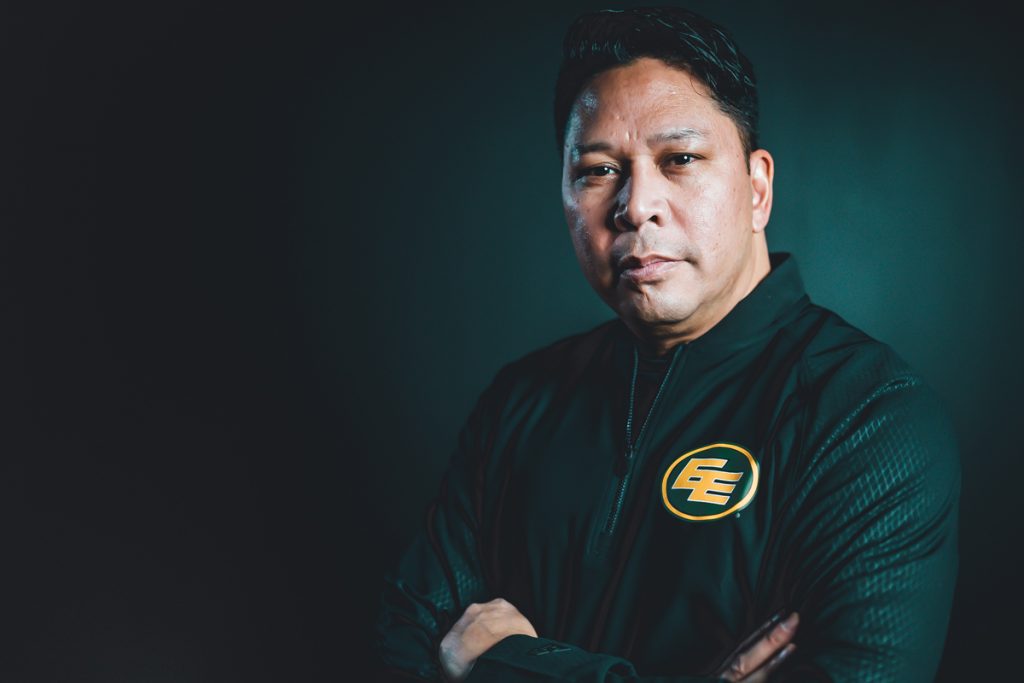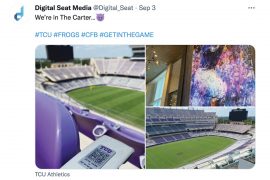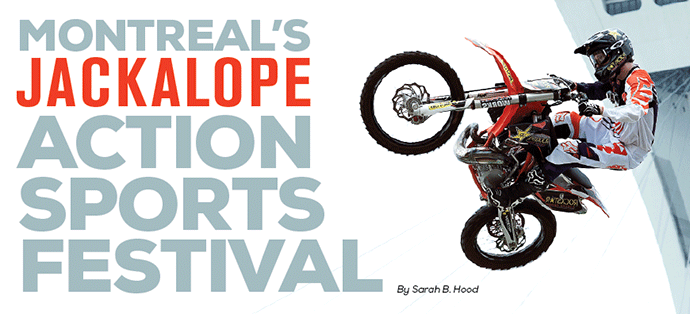By Connie Jeske Crane
By their nature, sporting events tend to pack a wallop of sensory stimulation—the slap of pucks or thwack of racquets, exuberant crowds, blazing lights and the aroma of food that’s guzzled, crunched and slurped.
As part of accessibility and inclusion efforts, sport venues around the globe are introducing initiatives to accommodate individuals who may struggle in sensory-laden environments. In Canada, for example, venues such as Toronto’s Scotiabank Arena, BMO Field, Coca-Cola Coliseum and the Rogers Centre, and BC Place in Vancouver have permanent quiet rooms, sensory kits and assistance available.
Want to create a more neuro inclusive environment at your events? We asked Canadian experts to weigh in on concepts, challenges and advice for sport organizations:
Learn about neurodiversity
Virginie Cobigo, executive director of Open Collaboration for Cognitive Accessibility and an associate professor at the University of Ottawa, says, “The first point is education about what neurodiversity is.” While many simply associate the term with autism, Cobigo says, “Neurodiversity is about the reality, the fact that our brains present information very differently.”
Sporting events, she says, typically present challenges for neurodiverse individuals in several ways. “It’s not just about an individual who’s going to have difficulties processing all the information and needs a quiet place,” it’s that tasks like navigating a new city or venue also add to cognitive load.
Appreciate the prevalence
Bottom line for sport organizations is neurodiversity affects more of your people—coaches, athletes, staff—than you might think.
“One of the most important things I’ll say, is that experience of the world feeling too busy, too noisy, too bright, is shared by an incredible number of people,” says Christel Seeberger, founder and CEO of New Brunswick-based Sensory Friendly Solutions.
Research backs this up. The US-based National Institutes of Health (NIH) estimates 15-20% of the world’s population has some form of neurodivergence.
Encouragingly, organizations that develop accommodations for neurodiverse individuals (like quiet spaces) get praise from the broader community. Seeberger says, “You’re doing things that help so many more people than you can imagine. It’s the grandparents coming to the game with some hearing loss, as well as the parent who’s a veteran with PTSD.”
Solicit Input
When considering how to accommodate this demographic at your events, experts suggest starting by understanding needs:
Consult broadly: Seeberger advises talking to a variety of stakeholders, from athletes, parents, spectators and staff to volunteers in the stands. “Boy, do they ever know lots of things,” Seeberger says, adding: “Talk to folks with the lived experience of neurodivergence in your community.”
Ask about barriers: Cobigo says this is critical “to explore with persons who are experiencing the barriers. What are these barriers and what are the solutions they suggest?” She adds that it’s generally helpful to focus on functional definitions versus medical terminology. For example, rather than asking someone to reveal a diagnosis, ask what accommodations could help them participate more fully.
Consider the end-to-end experience: While it’s natural to focus on your event, Cobigo says, “The starting point is not when they enter the venue, it’s when they register… It’s thinking about that whole journey, to make the whole thing more accessible.”
Seek out qualified partners: Whether you’re soliciting input via registrations or consultation, Cobigo says this is a new area for many groups and it can be worth “partnering with organizations [with] experience in organizing accessible events.”
Communicate clearly
With new initiatives, it’s equally important to let people know they exist. Experts suggest:
Giving easy-to-find details: Whether you have many accommodations or a few, Seeberger says, “Make it easy for folks to find information about what you already have and what you already do.” With amenities, she says, tell them, “Here are noise-cancelling headsets. Here are sunglasses.” Or: “From this time to this time, we can actually turn off those bright flashing lights, and there’s going to be no background music.”
Using a range of formats: Push communications in multiple formats (online contact forms, emails, messaging apps, social media, onsite signage), says Seeberger. “Because for different people, different ways of connecting are easier.”
Using plain language: In communications and personal interactions, Cobigo says plain language “is easier to understand, and that creates a more inclusive environment.” She also notes broader advantages: “People, whose first language is not yours, might be very happy that you’re using accessible language.”
Communicating in advance: Seeberger says just knowing what to expect helps individuals with neurodiversity manage anxiety. “It’s incredibly helpful.”
Assigning a point of contact: Seeberger says, “a specific person is incredibly helpful,” to manage questions about accessibility before and during your event.
Follow through
Comprehensiveness will help initiatives be more successful. Training is critical here, says Cobigo, who recommends training staff on how to respond appropriately and avoid discrimination against individuals with cognitive challenges.
Finally, if you’re asking about accommodations, follow through, she says. “If you don’t do anything with the information you received, it’s useless. It’s actually very upsetting for people. It’s very critical to have a process, to be responsive and to evaluate that responsiveness, to make sure it is improved every time.”
Case Study: Niagara Falls Convention Centre
As part of its commitment to becoming more accessible and inclusive, Niagara Falls Convention Centre (NFCC) partnered with the non-profit KultureCity and in 2022 became the first convention centre in Canada to be certified sensory inclusive by KultureCity.
Cullen Lampman, a marketing specialist at NFCC, shares key takeaways:
• NFCC’s program includes dedicated quiet spaces, sensory bags (including noise-cancelling headphones and fidget tools) guests can borrow, signage and raised awareness amongst staff.
• Annual training, informed by medical professionals, emphasizes how “to recognize somebody that might need a hand, how to approach them, how to guide them to access the resources we have in our building.”
• The response has been “overwhelmingly positive from guests, parents that come in, as well as clients. They appreciate that we are looking after their guests ahead of time, that we have designated quiet spaces and sensory kits on hand.”
• The process was easier than expected thanks to KultureCity’s involvement. “Just by reaching out, being proactive, they’ll be able to get you everything you need to help make your events a little more inclusive.”
Photos: Toronto Blue Jays; Niagara Falls Convention Centre; BC Place Vancouver
Published March 2025






